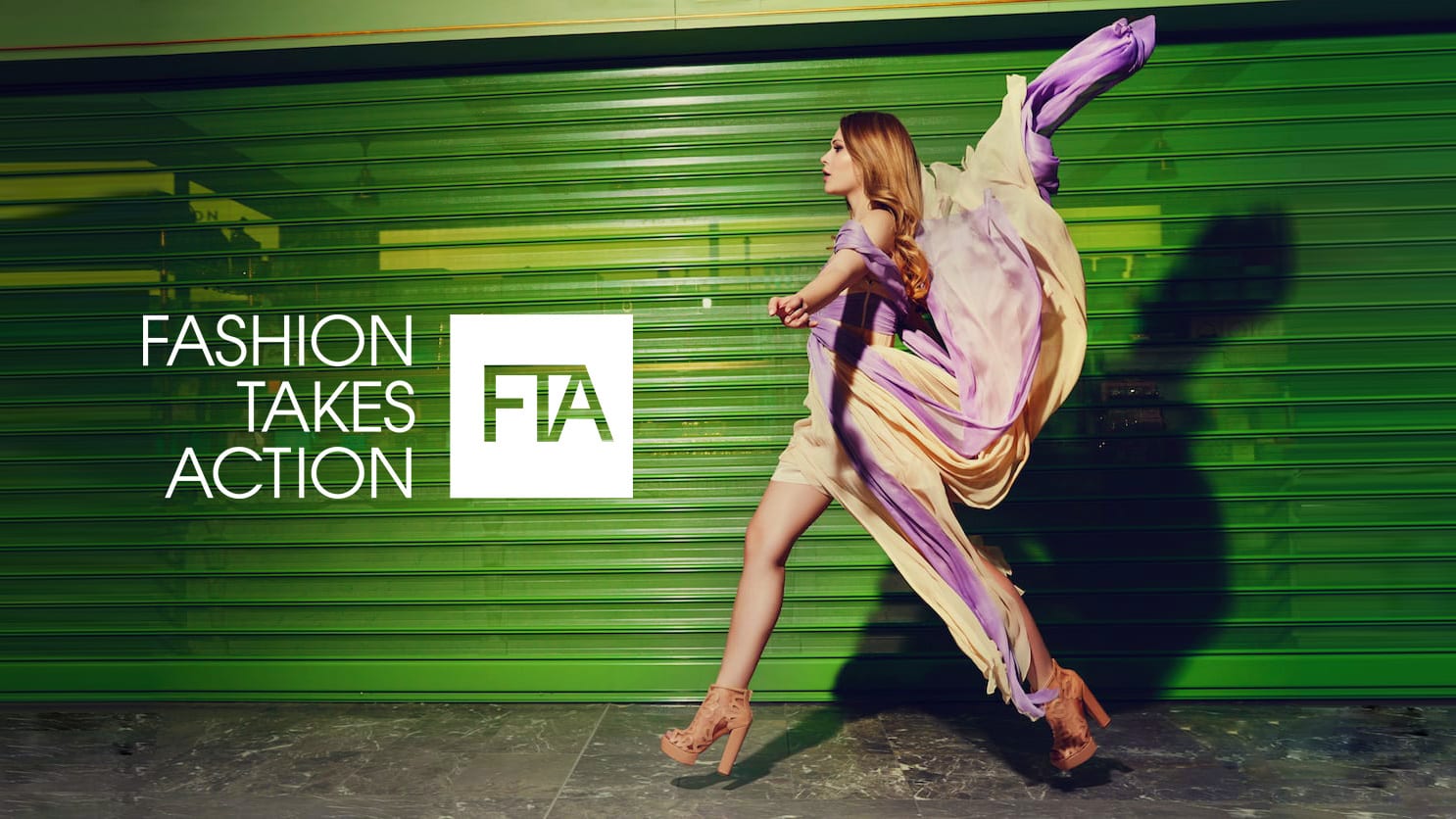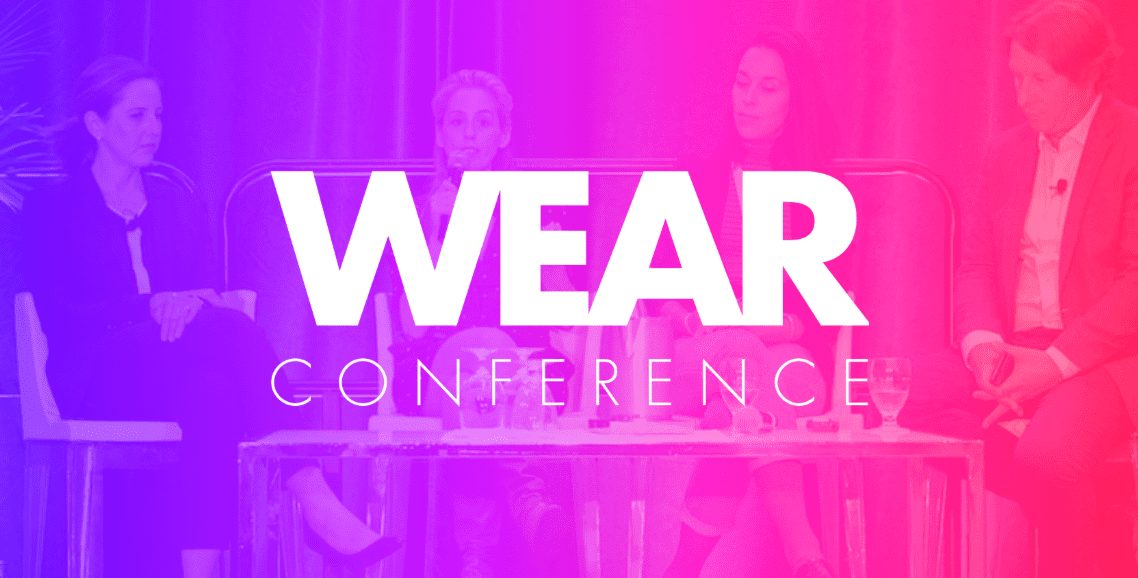Kelly Drennan is the Founding Executive Director of Fashion Takes Action (FTA), a non-profit organisation devoted to making a change within the fashion industry through education, awareness and collaboration. She has also established the only sustainable fashion conference in North America: WEAR, and developed a youth education program for students in grades 4-12.
Last week, we had the opportunity to interview Kelly Drennan, and ask her about this year’s conference, as well as her thoughts on the biggest issues facing the fashion industry right now, what has changed in fashion and what more can be done for a sustainable future.

What inspired you to start WEAR? What is the aim of the conference?
The World Ethical Apparel Roundtable (WEAR) began in 2014 out of the need to bring sustainable fashion to the forefront of the Canadian apparel industry. Prior to this, conferences that addressed the social and environmental impacts of fashion were primarily held in Europe and Asia. We wanted to make it accessible, easy and affordable for the industry in Canada to access global experts, thought leaders and sustainable solutions, without the barrier of cost and travel.
What can we expect from this year’s conference?
Our theme this year is Purpose Meets Progress. We want to celebrate the many purpose driven businesses that are working hard to address the negative impacts across the fashion industry supply chain. At the same time, we believe it is important to recognize progress over perfection. The theme this year also allows us more diversity with respect to session topics – from supply chain traceability to human rights, from innovative materials to chemicals management, and from making fashion circular to modern slavery.
What excites you most about fashion?
I love that fashion is expressive and creative. We wear clothes every day, and it is the best way to demonstrate your values. I have always been a huge fan of thrift and I am excited to see it on the rise, but I also love that so many brands are rethinking the way they are making their clothes.
Who is your biggest inspiration?
My daughters. I started Fashion Takes Action 12 years ago because I was so saddened by climate change and felt that I desperately needed to take action – for their future and the future of all generations to come.
What do you think is the biggest problem in the fashion industry right now?
It is so hard to limit it to just one issue, but I think waste is all encompassing. There is the waste going into landfills, or being burned, the wastewater full of toxic chemicals that are polluting our rivers and affecting human health, and the waste that comes as a result of microfiber shedding.
What are some of the misconceptions surrounding sustainable fashion?
That it is not fashionable. We take a strong position on the fact that sustainable fashion should always be about fashion first. If it is not on trend, does not fit, was made poorly or is just plain ugly, then nobody will buy it and then it does not matter how it was made or by whom. Fashionable garments attract consumers, and learning that the garment was made sustainably or ethically is an added bonus!
What role does social media play in the sustainable fashion movement today?
There are so many influencers out there who could be making a shift toward promoting more sustainable fashion and responsible consumption. Stories can easily be shared on social, and it can facilitate broader awareness of the issues.
What are your thoughts on greenwashing? How can consumers identify which brands are genuine in their sustainability effort?
Greenwashing is not new, and unfortunately it will most likely always exist. Some companies have been called out on it, either by the public or by government – the latter resulting in hefty fines. It is important as a citizen and buyer of fashion to take the time to do your research. Look on the brands website to see if they have disclosed where their clothes are made, what they pay their workers, what materials they use and whether they have made any commitments to reduce toxic chemicals, water and waste. There are also some great apps available for free such as Good On You.

Fashion Takes Action was created 12 years ago. What are some of the biggest changes you have seen in the industry over that time?
When we first began, our focus was on supporting the smaller local sustainable designers, as they were the ones that were driving the movement. We never would have imagined we would be working with some of the biggest fashion brands and retailers to help them understand sustainability, incorporate it into their business model or promote their work to the general public. While we still support the smaller independent brands, we feel we can affect greater change by helping the larger brands understand and implement sustainability strategies. They are the ones that need the most help!
With consumers, we have seen a massive shift in awareness in the past 12 years. Once we know something, we cannot un-know it. This is the beauty of education and awareness. Films like the True Cost and River Blue have shed light on what really goes on behind the scenes. The Rana Plaza factory collapse in 2013 also put fashion on the radar of most conscious consumers and with movements like Fashion Revolution’s Who Made My Clothes, we are seeing more consumers demanding transparency. Hooray!
How can we encourage future generations to be more eco minded?
We have a school program called My Clothes My World that we have been running for the past 6 years for students aged 8-17. We realized that consumer behaviour change among adults is very difficult to achieve, so we turned our attention to future generations and reaching them before they are consumers. Not only do students learn about the negative social and environmental impacts of fashion, but they are empowered to take action and are given the tools to become more responsible consumers. We also believe that fashion leaders are climate leaders. Through our workshops, students come to understand the larger climate change issues, but through the lens of fashion!
What are three things everyone can start doing to be more sustainable?
We have something we call the 7R’s of Fashion. We all know the 3 R hierarchy – Reduce, Reuse, Recycle, but we have added Rent, Repair, Research and Repurpose. This is an easy way to think about what you can do to be more sustainable. But if there were just 3 things then I would say reduce the amount of consumption – this is the most important. We simply buy too much of everything. Second to that is reuse – donate unwanted clothes, trade or swap them, and buy second-hand. Finally, if you do have to buy something new, then try your best to find the most sustainable (and affordable) option available.
The WEAR conference will be held in Toronto, Canada on October 7th- 8th
To purchase tickets, please click here.
